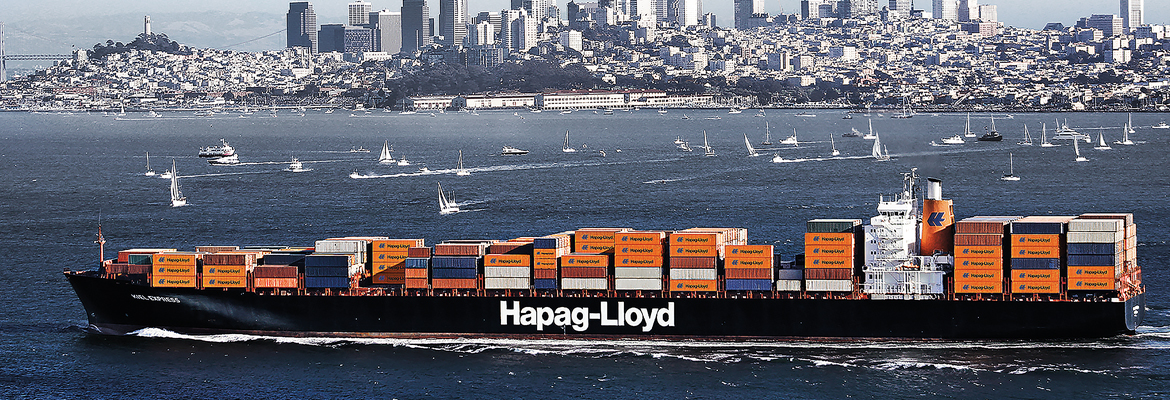In 2018 alone, 518 ships ended up on beaches in India, Bangladesh and Pakistan – amounting to over 90% of the gross end-of-life tonnage dismantled globally. According to the NGO Shipbreaking Platform, a group of organisations working to improve the human and environmental conditions surrounding ship recycling, out of a world fleet of more than 50,000 ships – with an average lifespan of 25 to 30 years – only 744 were dismantled worldwide in 2018. Precious materials such as aluminium, silver and of course steel (which forms up to 95% of a ship’s weight) are re-sold, re-processed or recycled. However, during this process toxic components, such as lead, mercury and oil sludge are dumped into the environment without adequate hazardous waste management.
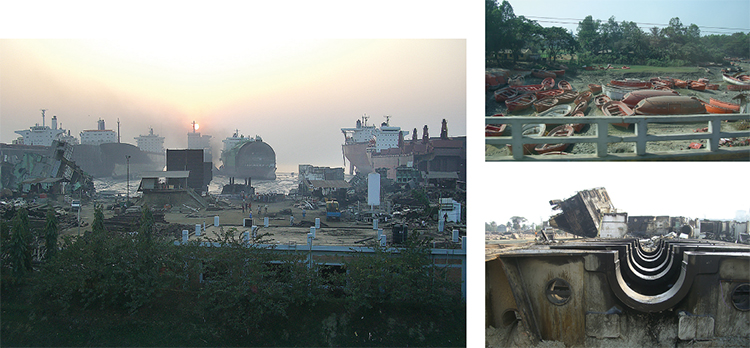 |
|
IMO (International Maritime Organization)
|
In the Ship recycling: reducing human and environmental impacts report, the European Commission demonstrates that improper ship dismantling affects ecosystems and people, raising cancer rates and polluting ecosystems in places such as Bangladesh and India. “If you cut a ship without being able to contain the discharge of toxic substances in the environment and without protection for workers, you endanger human beings, the environment and the communities depending on these ecosystems,” claims Nicola Mulinaris, Communication and Policy Officer of Shipbreaking Platform. In fact, the International Labour Organisation has ranked shipbreaking among the world’s most dangerous jobs. In 2018 alone, at least 34 workers died while scrapping ships. And they weren’t the only victims. According to the Marine Institute of the University of Chittagong in Bangladesh, 21 species of fish have gone extinct and 11 are endangered due to shipbreaking.
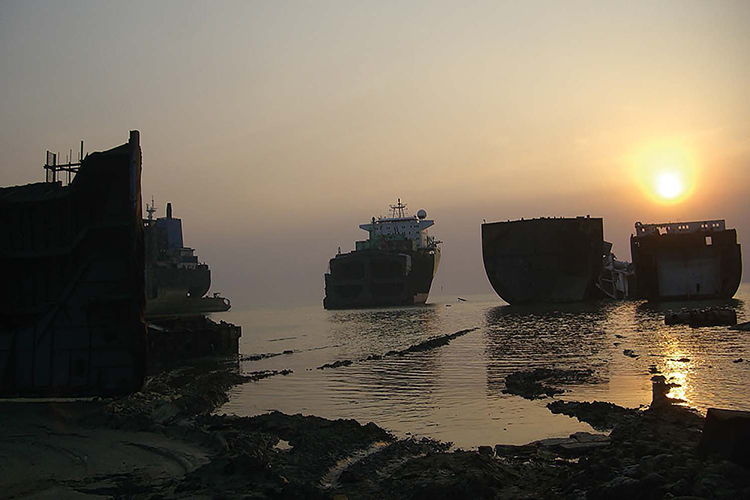 |
|
IMO (International Maritime Organization)
|
Loopholes in Regulation
The United Arab Emirates, Greece and the Unites States were responsible for the worst shipbreaking practices of 2018, with most of their end-of-life ships ending up on beaches. Germany, known for its green credentials, sent all its vessels to India, Pakistan and Bangladesh. South Asia attracts ship owners due to poor environment and safety regulations, cheap labour and high steel prices. “You can get 2 or 3 million US dollars more on an average for a ship in South Asia than in Europe, Turkey or the US,” explains Mulinaris. Although the numbers fluctuate, South Asian yards currently offer $450 per light displacement tonnage (LDT), Turkish ones about $250 dollars per LDT. In Europe these figures are even lower.
In theory, the United Nations Basel Convention, which regulates the transboundary movement of hazardous waste, also restricts international trade of end-of-life ships. Yet, shipping companies find ways around this. The convention only covers ships intended for disposal: that’s the trick. Companies officially sell their ships for later use, thus disguising their intentions for disposal. In January 2019, the Dutch ship owner Holland Maas Scheepvaart Beheer II BV was fined €780,000 and paid a settlement of €2.2 million for illegally exporting a vessel for scrapping in India. And this isn’t an isolated case. “Shipping companies lie to the authorities. Once the ships are in international waters, they change their destination, go directly to the beach and nobody can do anything about it. Unless the authorities prove, as the Dutch authorities did, a clear intention to dispose,” reveals Mulinaris.
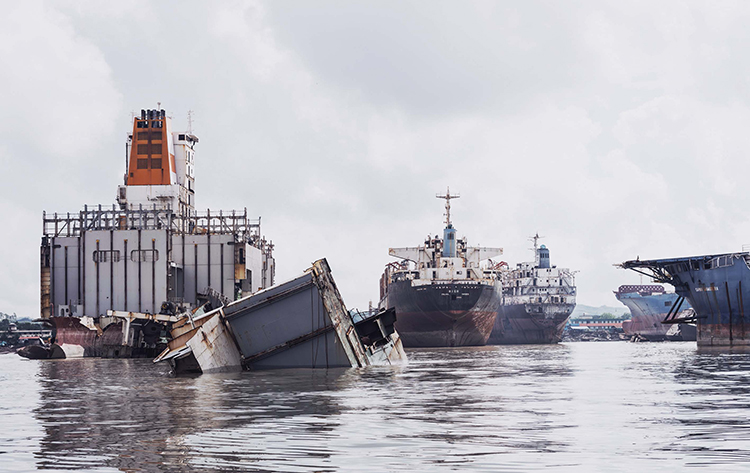 |
|
Shipwrecks in Bangladesh
|
In order to create a stricter regulatory framework, the EU adopted the Ship Recycling Regulation in 2013, which aims to improve ship recycling. The regulation restricts the use of certain toxic substances onboard ships, which must have a so-called Inventory of Hazardous Materials (IHM). After its full implementation on December 31st 2018, “the recycling of all large sea-going vessels sailing under a EU flag can only take place in yards included in the European List of ship recycling facilities.” The list includes 23 yards in the EU, two in Turkey and one in the United States, and is expected to increase in the future. Experts consider this list to be a turning point. “For too long, EU vessels have been dismantled in poor environmental and social conditions. This is no longer acceptable. The full entry into force of the EU Regulation on ship recycling is a milestone for this sector, as it provides clear and specific rules on how EU-flagged vessels should be recycled,” explains Karmenu Vella, EU Commissioner for Environment, Maritime Affairs and Fisheries, during a visit to an approved recycling yard in Ghent, Belgium.
However, of the nearly 600 ships that arrived on South Asian beaches, only about 40 flew EU flags, of which around 30 changed their flagship to a non-EU one on the way to Asia. This is another major issue that hinders more sustainable shipbreaking: flags of convenience. Companies often choose to register their vessels in countries with loose legislations. “Companies such as Maersk have made clear that if the EU doesn’t add Indian yards to the list, for instance, they will stop using the Danish flag and will move to a non-European flag,” explains Mulinaris. “And it’s not illegal to change flag, it’s simply unethical.” That said, Maersk claims that more than half of the company’s ships fly non-EU flags due to their international trade activities and none of their vessels recycled in Alang, India, flew EU flags. “Maersk is and has always been in full compliance with all applicable EU legislation,” John Kornerup Bang, Head of Sustainability Strategy at Maersk, tells RM. Kornerup Bang further elaborates that, when it comes to recycling end-of-life vessels, the company decides on a case-by-case basis after evaluating factors such as steel price, support provided by the flag nation and tax legislation.
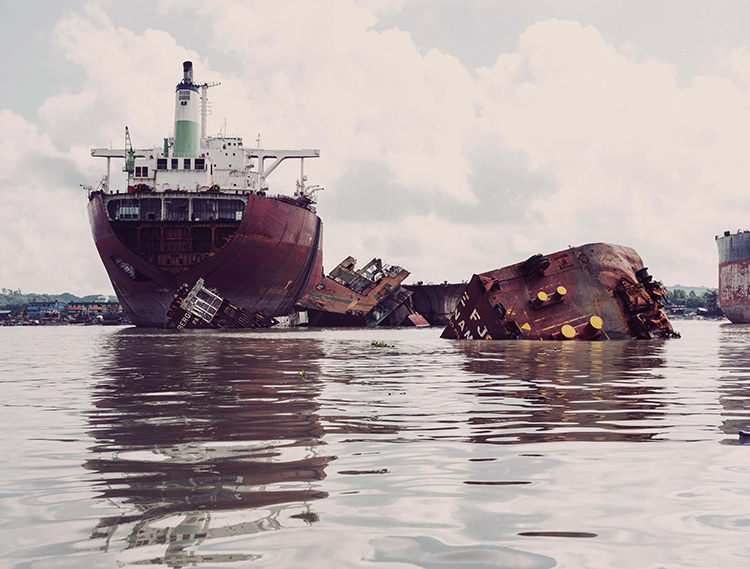 |
|
Shipwrecks in Bangladesh
|
Making Shipping Circular
Whereas closing regulatory loopholes may take a long time, growing pressure from financial institutions is proving effective, as financial stakeholders are looking for greener and more ethical portfolios to invest in, explains Andrew Stephens, Executive Director of the Sustainable Shipping Initiative (SSI). In 2018, for instance, the Norwegian Oil Pension Fund, the world’s largest private investor, divested from four shipping companies due to their shipbreaking practices. Companies such as Maersk are reacting. In fact, the world’s largest container shipping company is investing in efforts to improve labour and environmental standards on the beach of Alang, India, one of the largest ship cemeteries in the world. “Our commitment to certain facilities in Alang includes our active engagement in the recycling process on top of their own standards. Our local engagement has driven concrete positive change in a relatively short period of time and we benefit from this higher standard when recycling our vessels in these facilities,” explains Kornerup Bang. Furthermore, Maersk is developing a so-called Cradle-to-Cradle Passport to prepare ships for quality recycling from the design phase – a crucial step in the circular economy. According to the company, “the Passport, a first for the shipping industry, will comprise an online database to create a detailed inventory that can be used to identify and recycle the components to a higher quality than is currently possible.” Both Maersk and the German shipping company Hapag-Lloyd are part of the Ship Recycling Transparency Initiative, an online platform launched in December 2018 by the SSI to raise awareness among shipping stakeholders and inspire them with good practices. “Those joining the initiative are the ones that are setting the bar of what is responsible,” elaborates Stephens. For Mulinaris, Hapag-Lloyd’s off-the-beach policy is a model worth following. To the contrary, he emphasises that Maersk isn’t doing enough: “Maersk has helped improve some Indian yards, we can’t deny that. But, why doesn’t a forerunner like Maersk use its influence to shift ship recycling in India completely from beaching to proper industrial facilities? Maersk is linking shipbreaking to a method that the company itself earlier denounced.” To that, Kornerup Bang replies: “the level of sustainability of a recycling process is not determined by what kind of method is used, but whether the method itself controls discharge and offers high quality and controlled implementation of all procedures, avoiding environmental damage and guaranteeing labour conditions.” Either way, these efforts are a big step forward compared to what giants such as Fincantieri, among the world’s largest shipbuilders, do to improve end-of-life ship recycling: virtually nothing.
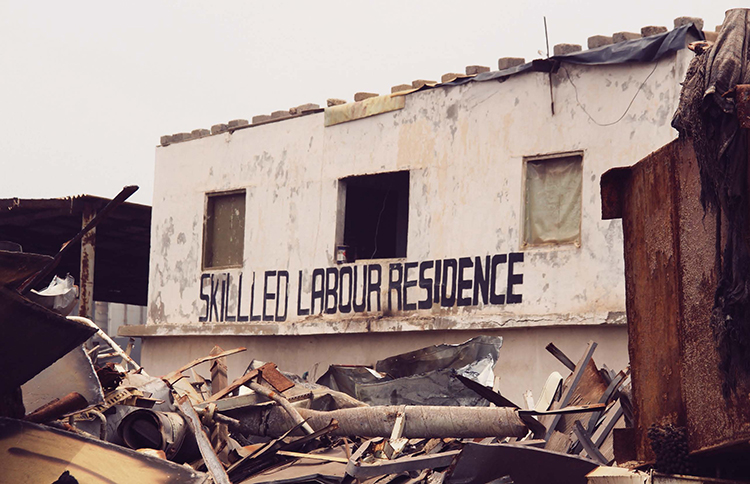 |
|
Pakistan, shipbreaking platform
|
“Ship owners spend time and resources building new ships, but end-of-life ships often seem to be somebody else’s responsibility,” says Andrew Stephens.
Experts agree that solutions to make shipbreaking more sustainable already exist, it’s just a matter of willpower. Dry-docks are seen as the preferred option: they provide a stable working platform and contain oil and hazardous waste. The ship recycling industry could fully transition to dry-docks by 2030, the Shipbreaking Platform believes. Improving the shipbreaking sector could help protect the environment and workers’ health, as well as save valuable resources. “There is great potential in terms of circular economy within ship recycling,” claims Mulinaris. The process of recycling ships could actually generate almost zero waste, the International Maritime Organisation shows: “For instance, steel is reprocessed to become reinforcing rods for use in the construction industry or as corner castings and hinges for containers. Ship generators are reused ashore. Batteries find their way into the local economy. Hydrocarbons on board become reclaimed oil products to be used as fuel in rolling mills or brick kilns. Light fittings find further use on land.” In addition, Stephens concludes, sustainable shipbreaking could boost the creation of green jobs in Europe. A masterstroke.
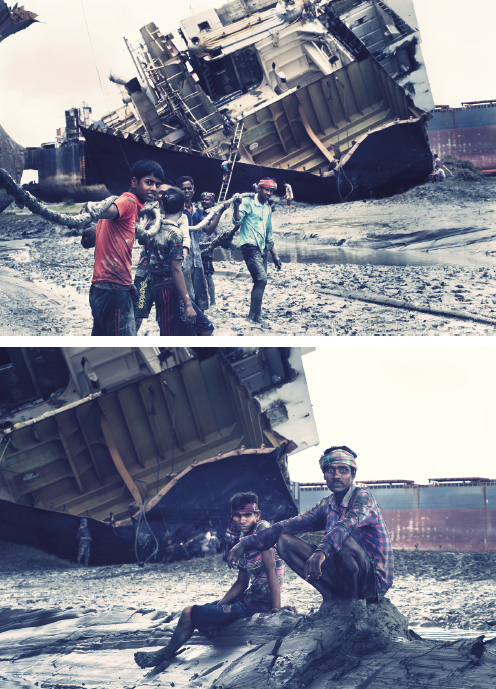 |
|
Bangladesh, workers |
Shipbreaking Platform, www.shipbreakingplatform.org
Ce, Ship recycling: reducing human and environmental impacts, 2016; tinyurl.com/y5qpvzf9
SSI, www.ssi2040.org
Top image: MV Paris Express – delivered in 1994, recycled in China in 2015. Credit: Hapag-Lloyd


